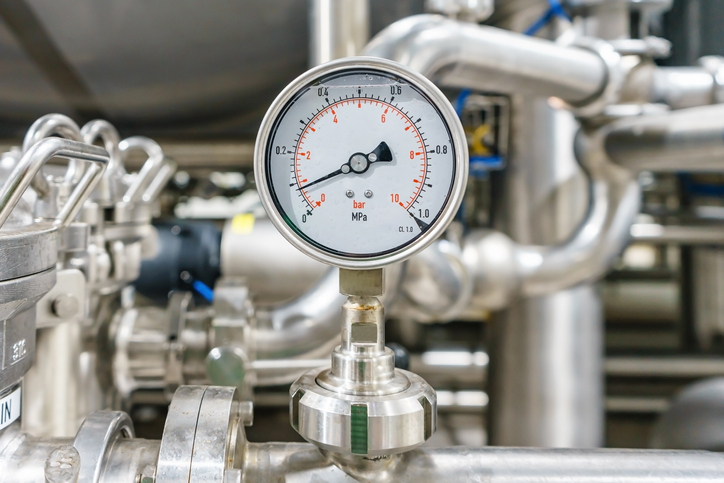For measuring and keeping track of various physical characteristics, such as pressure, level, temperature, and flow, gauges are a crucial instrument. They are therefore frequently employed in a variety of sectors, including the automotive, manufacturing, aerospace, and medical ones. In this blog, we’ll talk about the value of employing gauges in various fields, the different kinds of gauges that are out there, and how to choose the best gauge for your purposes.
What Advantages Do Gauges Offer?
In many sectors, gauges are a crucial instrument for tracking and measuring physical characteristics. The ability of gauges to deliver accurate and trustworthy data in real-time is their main advantage. This is crucial for guaranteeing safety in potentially dangerous conditions and for streamlining procedures in the manufacturing sector. They can also be used to spot variations in pressure, temperature, and other physical characteristics that could be signs of future issues.
Gauges can also lessen the amount of downtime required to monitor processes and equipment. Gauges can assist in lowering the frequency of maintenance and repair activities by continuously measuring the physical characteristics of a system. Businesses may experience significant cost reductions as a result of this.
Different Gauges
There are many different kinds of gauges, including pressure, level, temperature, and flow gauges. The force that is exerted to a system, such as a gas or liquid, is measured by pressure gauges. The level of liquids in a tank or reservoir is measured by level gauges. Temperature gauges determine a system’s temperature, usually in degrees Celsius or Fahrenheit. A fluid’s rate of flow, such as the flow of air or water, is measured by flow gauges.
Additionally, there are numerous specialised gauges for various uses, including vacuum, liquid level, and differential pressure. Liquid level gauges measure the level of a liquid in a tank, whereas vacuum gauges measure the amount of vacuum in a system. The difference in pressure between two places is measured by differential pressure gauges.
Things to Take into Account While Choosing a Gauge
There are a few things to take into account while choosing a gauge. They consist of the application, setting, accuracy, scale, and price.
The application should be taken into account first. This will dictate the kind of gauge you require. You will need a pressure gauge, for instance, to measure the pressure in a gas system. A level gauge is necessary, however, if you want to determine the level of a liquid in a tank.
Another crucial element is the surroundings. This will determine the gauge’s structure, material, and other characteristics. For instance, you could need a gauge made of stainless steel or another corrosion-resistant material if it will be exposed to high temperatures or corrosive chemicals.
Another crucial component is accuracy. Usually, this is shown as a percentage of full scale, or FS. The readings will be more accurate the higher the accuracy.
Another aspect to think about is size. The application and environment in which the gauge is being utilised will determine its size. For instance, it might be necessary for a flow gauge installed in a small area to be smaller than one installed in a larger one.
The final significant consideration is price. Depending on the kind and features, gauges can cost anywhere from a few dollars to hundreds. It’s crucial to choose a gauge that fits both your needs and your budget.
Conclusion
In many sectors, gauges are a crucial instrument for measuring and keeping track of physical characteristics. They can deliver precise and trustworthy data in real time, assisting in minimising downtime, spotting possible issues, and streamlining procedures. It is crucial to take the application, environment, accuracy, size, and cost into account when choosing a gauge. You can guarantee precise and trustworthy measurements for your needs with the proper gauge.

